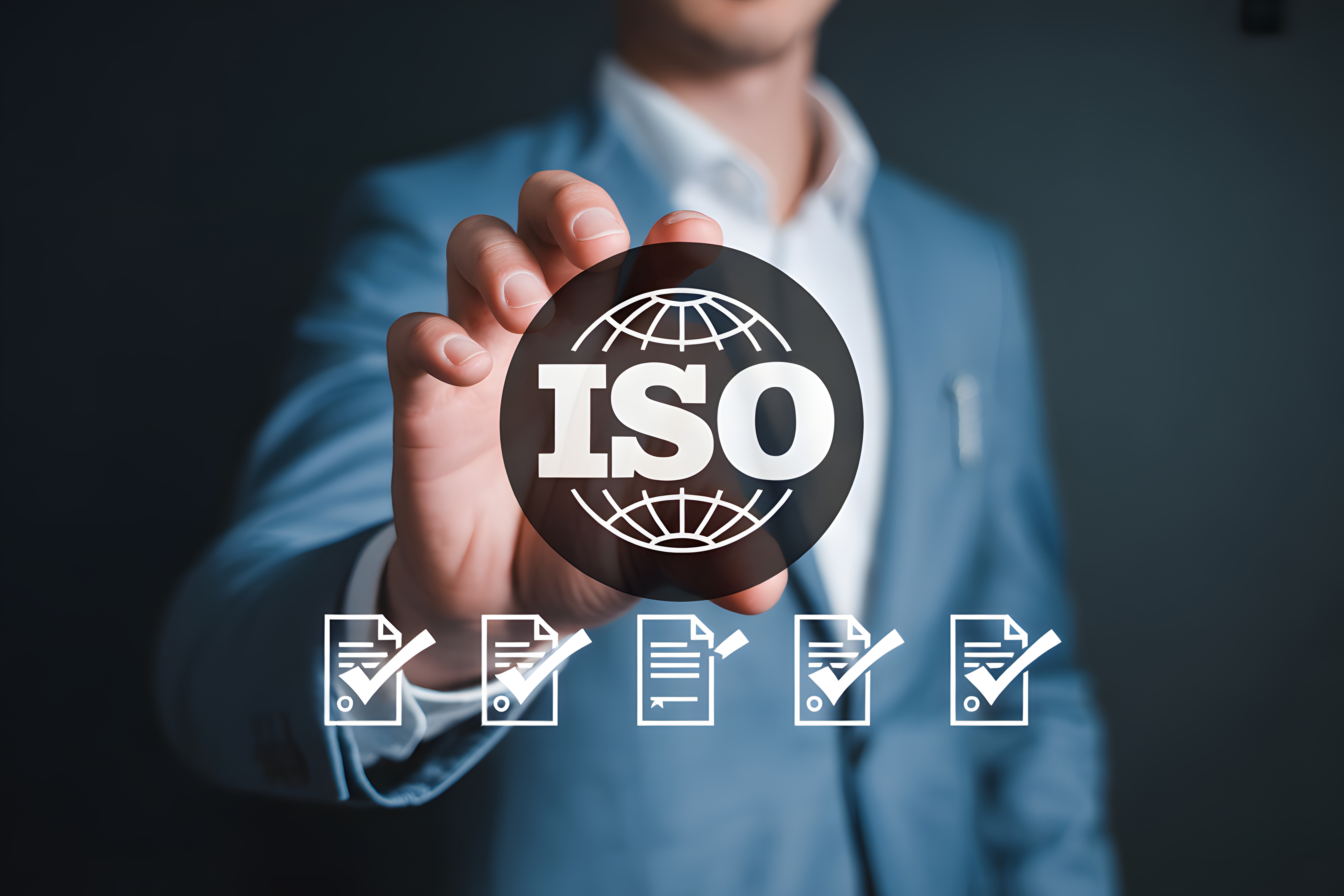Kempten, July 2025 — As cybersecurity becomes a cornerstone of trust in connected technologies, OTT Hydromet is proud to announce that its connected hydrological and meteorological monitoring devices are now fully compliant with the new EN 18031-1:2024 standard. This milestone ensures our products meet the latest Radio Equipment Directive (RED) cybersecurity requirements, which become mandatory across the EU starting August 1, 2025.
What is EN 18031-1:2024?
EN 18031-1:2024 is the first in a series of harmonized European standards developed to support the Delegated Regulation (EU) 2022/30 under the RED Directive. It defines baseline cybersecurity requirements for all internet-connected radio equipment, including:
– Protection against unauthorized access
– Secure data transmission and storage
– Robust software update mechanisms
– Resilience against known cyber threats
What This Means for OTT Hydromet Devices
Our compliance with EN 18031-1:2024 ensures that OTT Hydromet devices:
– Prevent unauthorized access to measurement data and system controls
– Encrypt communication between field devices and cloud platforms
– Verify the authenticity and integrity of firmware updates to prevent tampering
– Verify all third-party components are free from known vulnerabilities prior to deployment
Why It Matters for Our Users
For hydrologists, meteorologists, environmental agencies, and infrastructure operators, this compliance brings tangible benefits:
– Peace of mind: Your data and systems are protected by industry-leading security protocols.
– Regulatory readiness: Devices are future-proofed for EU market access beyond August 2025.
– Operational continuity: Enhanced protection against cyber disruptions ensures reliable data flow.
– Trust and transparency: Security features are documented, tested, and aligned with European standards.
Built-In Security, No Extra Effort
OTT Hydromet’ s approach to cybersecurity is seamless and user-centric. There’s no need for complex configurations—security is embedded by design, ensuring that users can focus on what matters most: accurate, reliable environmental monitoring.
Kempten, July 30th, 2025



